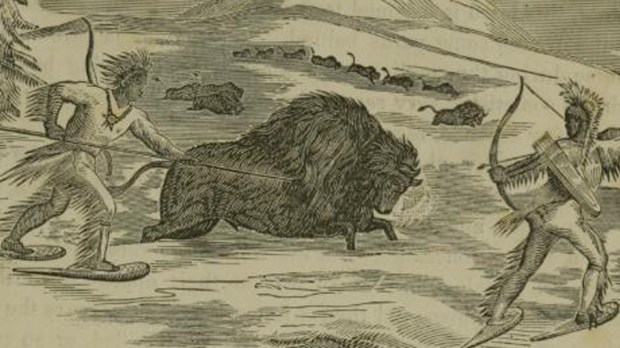When immigration is debated in the United States, some people will argue, “We’re all immigrants,” with the exception of the Native Americans, of course.
Now, even Native Americans in the U.S. may have to recognize that their ancestors came to these shores from somewhere else.
Archaeological work in Alaska has made a discovery that strongly suggests that Native Americans are indeed the descendants of people from Asia. In a study published last week by the journal Nature, scientists describe the discovery in 2010 of remains of infants dating back some 11,500 years.
“We only have a handful of human remains that are this old in the entire Western Hemisphere,” an enthusiastic Ben Potter, an archaeologist at the University of Alaska Fairbanks, who is among the researchers on the project, told National Public Radio.
DNA from the remains, found at a site called Upward Sun River in the Tanana River Valley in central Alaska, was compared with that of people from around the world. Scientists discovered mitochondrial DNA, which is passed only from mother to child, suggesting each had different mothers, according to the New York Times. Each infant also had a type of mitochondrial DNA found in living Native Americans.
Scientists concluded that the ancestors of these infants started out in East Asia about 35,000 years ago. Over time and distance, they became genetically isolated from other Asians, and at some point during the last ice age they crossed a frozen land bridge from Siberia to Alaska called “Beringia”:
Potter says during this great migration, either before or after they crossed the land bridge, this group (which the researchers call the founding population for all Native Americans) split again, into two populations. Scientists had suspected this and surmised that one group stayed put in and around Beringia. They call them Ancient Beringians.
The two infants are the first hard evidence that they did indeed do that, NPR says.
“Despite broad agreement that the Americas were initially populated via Beringia, the land bridge that connected far northeast Asia with northwestern North America during the Pleistocene epoch, when and how the peopling of the Americas occurred remains unresolved,” says an abstract of the Nature article. “Analyses of human remains from Late Pleistocene Alaska are important to resolving the timing and dispersal of these populations.”
In spite of an ongoing ice age, Ancient Beringians survived in the arid, frigid land. “Bison, horses, mammoth. Big grazers were very common,” Potter said. The other group moved southward and spread throughout North and South America and are believed to be the direct ancestors of current Native Americans.
It’s not clear what became of the Ancient Beringians, but as the ice age drew to a close, they faced climate change and the extinction of a wide range of mammal species.

